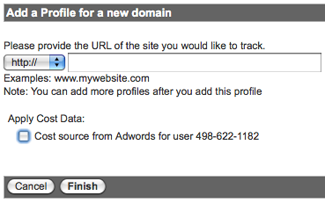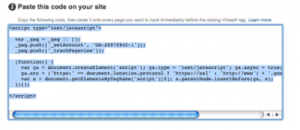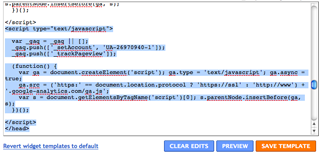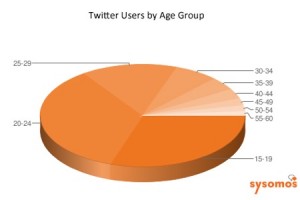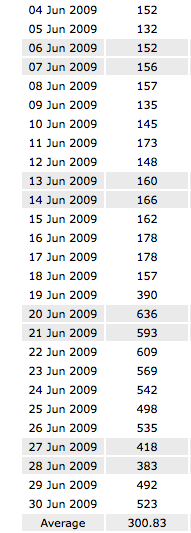Web Analytics Master Certification
After completing a rigorous semester of training in web analytics from the guru of all web analytics gurus, Avinash Kaushik and his partner in Market Motive crime, and previous founder of ClickTracks, John Marshall, I am very happy to announce that I am Web Analytics Master Certified.
Not only does this mean that we can help you figure out what area of your business to focus on and how you are really doing online, it means we can help you run Google experiments, advise you on the best search strategies (paid search and search engine optimization) and make the recommendations that will help you succeed on the Internet, i.e. increase your bottom line.
We look forward to working with you to drive more business and awareness to your website and brand. Please call us to schedule your web analytics review today. (415) 305-6403.
What is your biggest question about your website?






